Do you struggle with historic places like myself?
I remember my first time in Asia. A guide was taking us through Sri Lanka’s Sacred City of Anuradhapura, a UNESCO site.
Towards the end, my partner at the time before the guide wasn’t impressed with my lack of attention. Fair enough, he was a kind fellow and I shouldn’t have wandered off to go climb shit.
To this day, historic places and the stories go in one ear and out the others. History isn’t my cuppa tea. Maybe it’s not yours either? Thankfully I’ve adjusted my travels to suit my tastes pretty well. If sports are involved, it’s usually a good idea.
Let’s fast forward to early November.
As I was searching for attractions around Antalya, I came across the Ancient City, Perge. As you’d now know, normally I wouldn’t bother going. But for some reason, Perge Stadium got me thinking (me thinking, make that of what you will).
1. I wonder what kind of running events they used to do in the Ancient Olympics?
2. Could I recreate the longest Ancient Olympic running event? p.s. it wasn’t the marathon.
When there’s a will, there’s a way…that’s a saying right? (scroll to the bottom if you want to see the video)
Some Fun Facts About The Ancient Olympic Running Events
Note: As I was researching, there was a lot of contradicting material. I guess that’s always going to be the case with any Ancient information. With that said, don’t take the following as gospel, but it’ll give you a reasonable idea of what the deal was.
…and a few facts about Perge Stadium….
- Built in 2nd Century AD
- Second best preserved stadium in Anatolia behind Aphrodisias
- Seated ~12,000 fans (a large arena for the time)
- Dimensions are 234 metres long and 34 metres wide in the North-South direction
- Located outside the city walls of Perge
- Made from ashlar lime blocks from a local quarry
If you want to read more about the rest of the Perge ruins:
- This will educate you some
- This is a good trip report from visiting the ruins
- This is an artcile from a travel guide
My Attempt At Recreating Running Event At The Ancient Olympic Perge Stadion
Arriving at Perge, there wasn’t a lot of people about (*silent fist pumps*). I didn’t head straight to the stadium, rather pretending to look at the theatre, big gates, Roman baths, and ruins, all the while scoping out the scene. The warning sign at the entrance letting you know you face 2-5 years for culturally inappropriate activities makes you think. Not that I was doing anything bad.
Entering the stadium, all 12,000 seats were empty. Not messing around, I measure the length of the stadium right on 180 metres. Things are off to a great start.
The plan was to run in bare feet, but a two stade warm-up took way longer than it should have. So many prickles!
And no, I wasn’t nude. I wasn’t up for jail time. And embarrassing stories on the interwebs (I believe someone said ‘all publicity is good publicity’).
After a few photos and videos to help put the video together (yay for selfie sticks, tripods, and the self-timer function), I got prepared to start the race.
The racers stood up right at the start lines back in the day. No crouching tiger required. Turns out a lack of prep meant I was missing four things at the start line:
- Starting rope to stand behind
- Chief judge to yell ‘go’
- Trumpet tell me to go to my place
- 12,000 people cheering me on
With a trumpet signaling it’s time to line up, all that was left was to avoid a false start. Anyone guilty of a false start was subject to a public flogging. Luckily no one was at the stadium to catch me!
Next minute (nek minnet). The race is complete, lost in the moment and all that obviously.
The 24 stades were brutal having run around taking video and photos beforehand.
The data isn’t accurate as the GPS doesn’t handle 180 degree turns as gracefully as I do. In total ran about ~4.3km.
Wholly shit though, SO MUCH FUN. This is a wee video I sliced and diced.
So all in all, I wasn’t even close to replicating the event, but I had a blast doing so and did make a video which I want to do more of. Who knew, history can be fun!
How do you turn something boring into an awesome experience on the road?

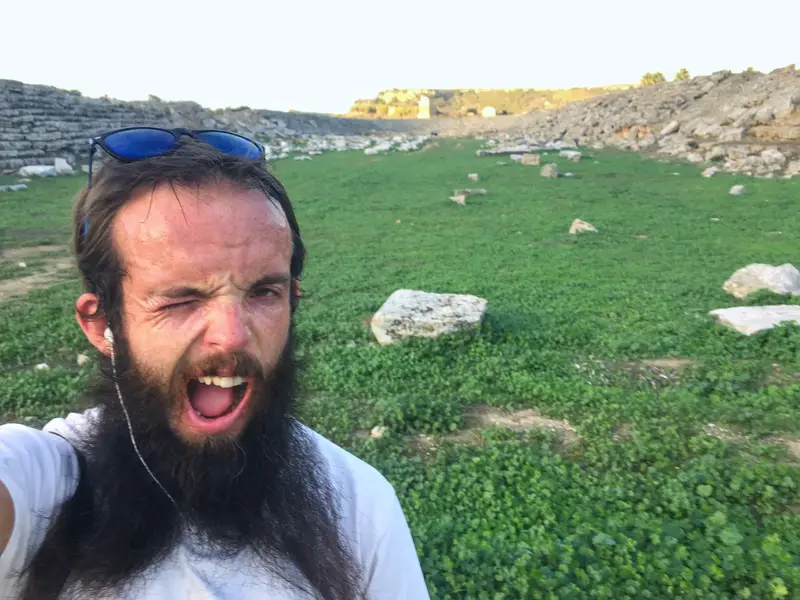
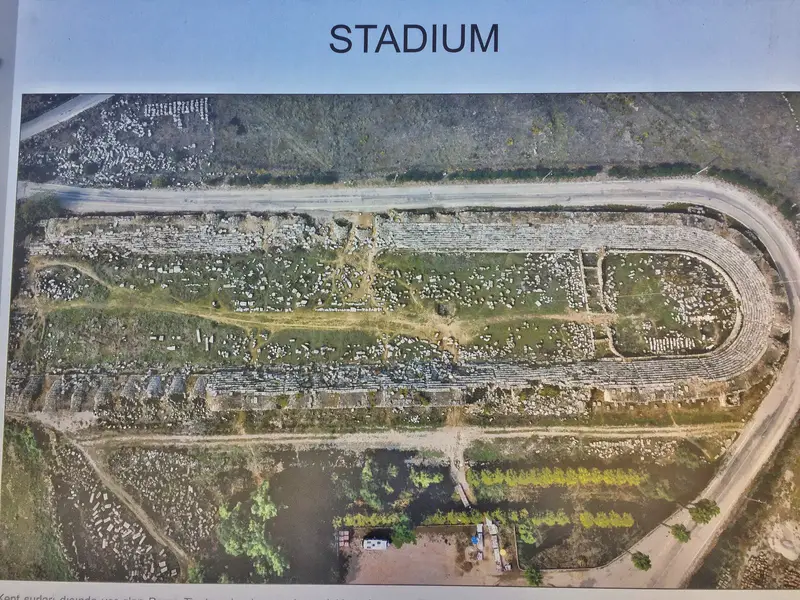
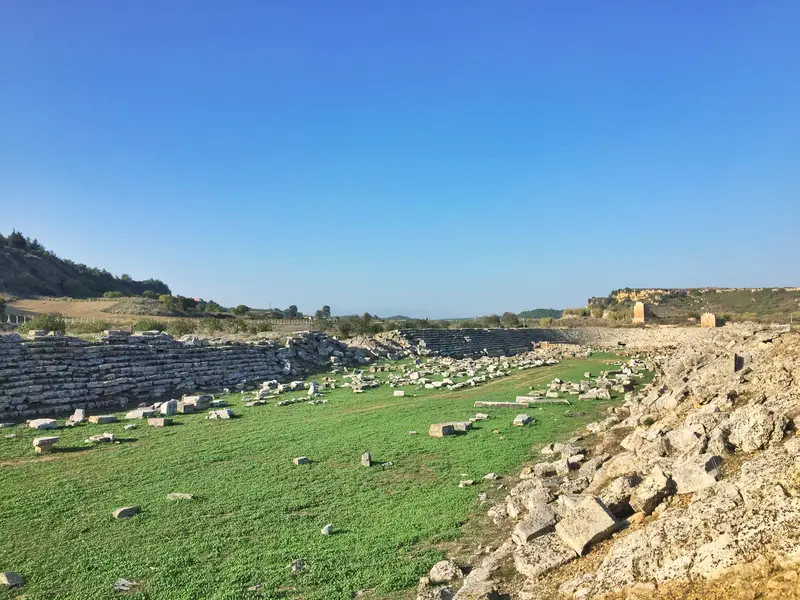
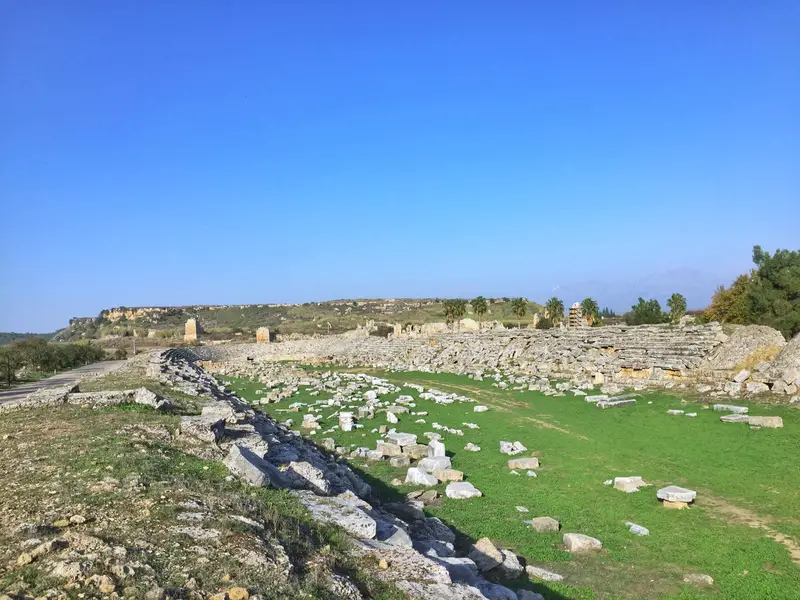
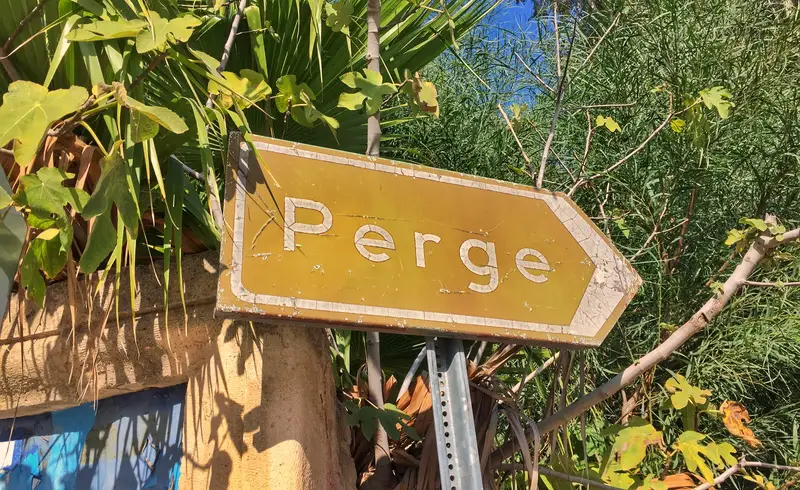
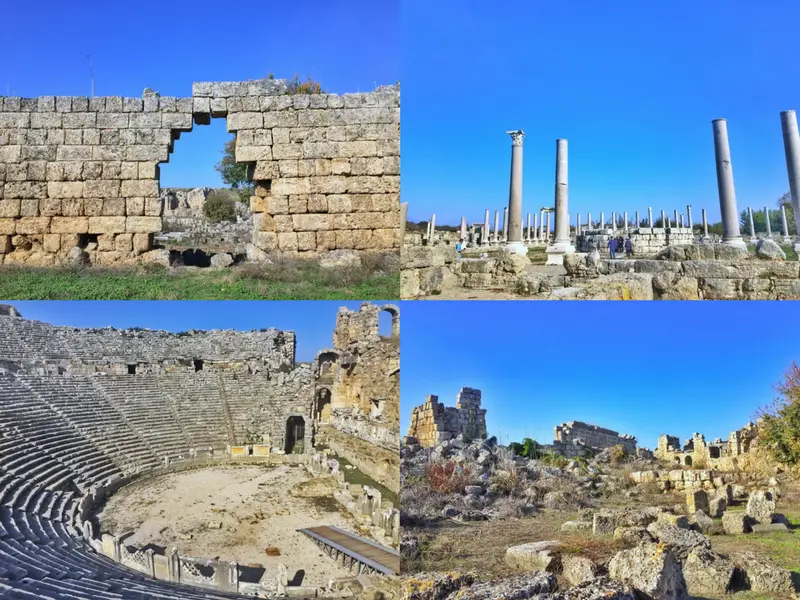
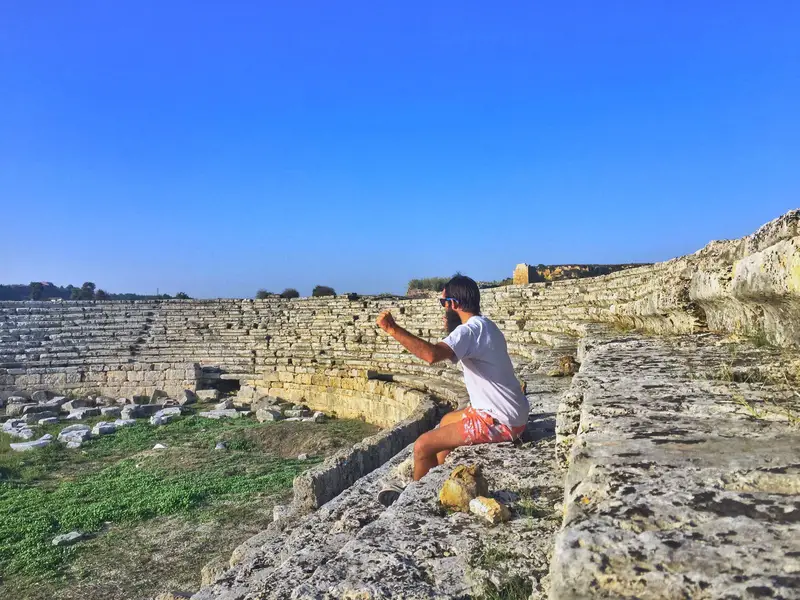
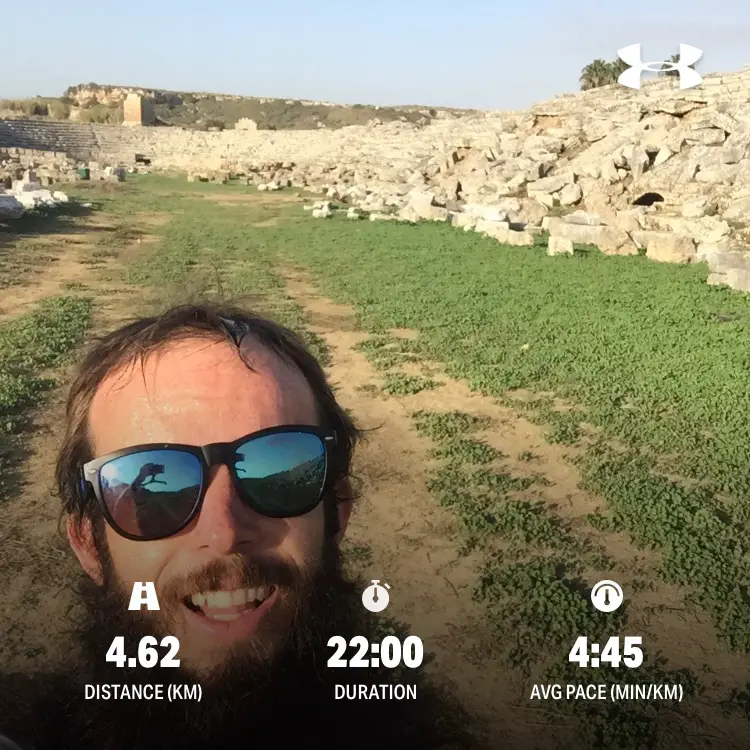

Fun stuff Jub. Naked running, eh? A willow covering the wood? I had to do it. As for me, I am doing modern day 6-11 miles every other day. Although more 6 mile runs these days. Lots of yoga to open up and to continue softening my former piano wire like hamstrings and calves. Loved the post dude. You have a way with words.
Ryan
Hey Ryan,
6 miles every other day is a great little routine. What’s your yoga routine like? You follow a video/app/DIY? Would love to get into it.
Jub